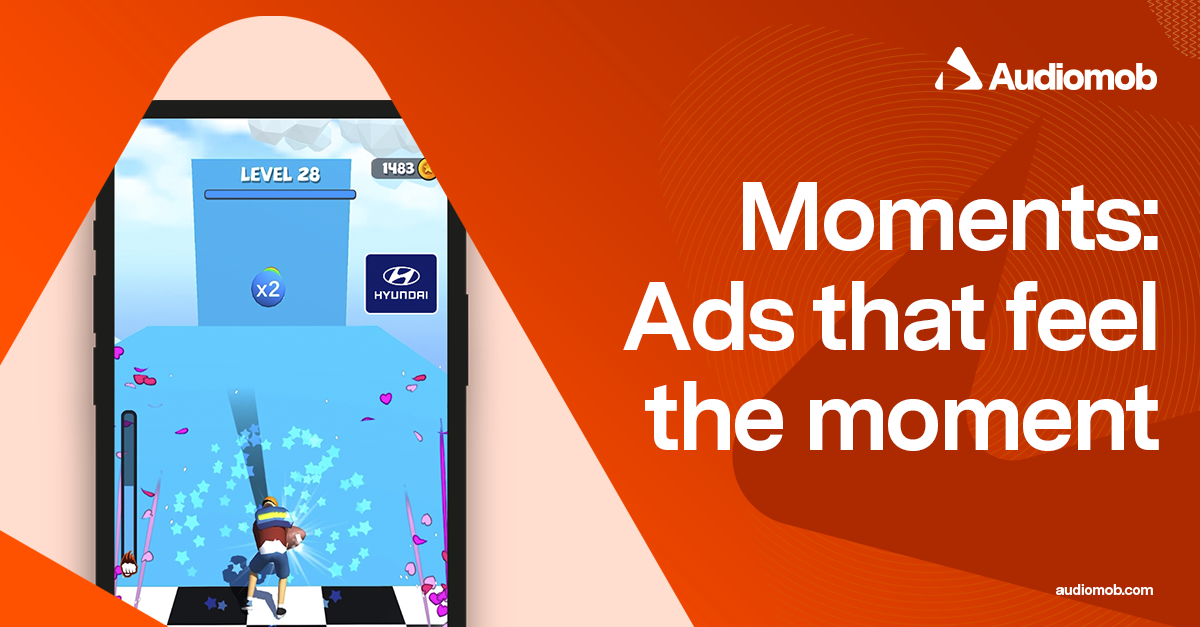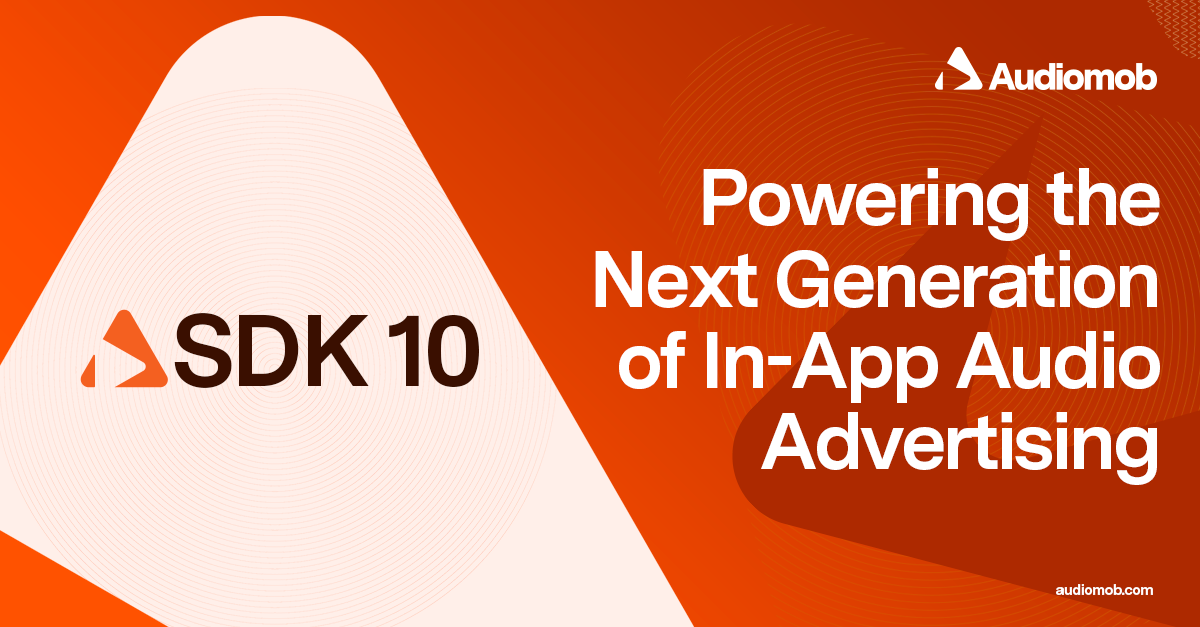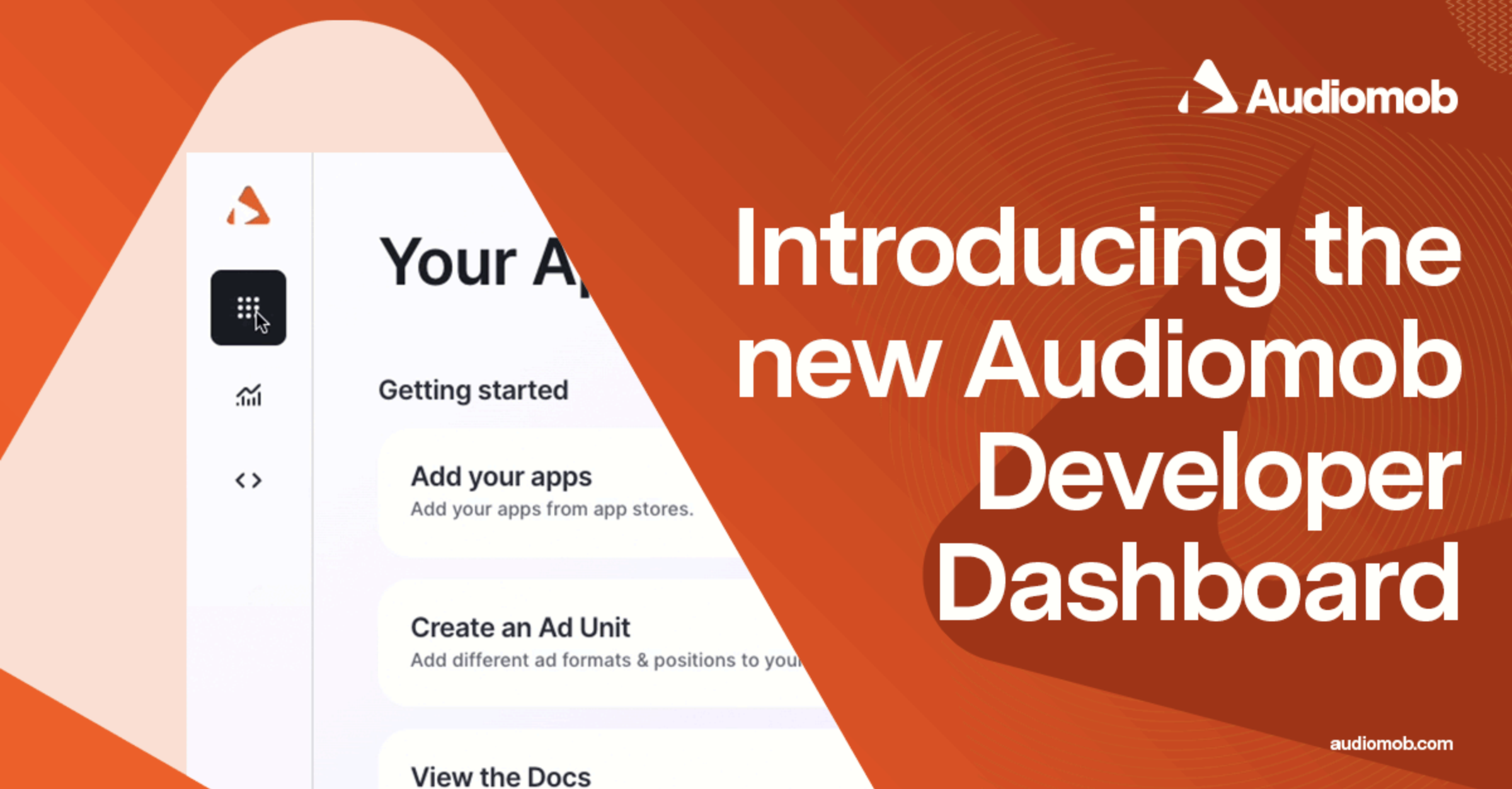While the concept of our audio ads for games is fundamentally straightforward, when we introduce people to the technology we’ve built, we get quite a few common questions.
Frankly, we are delighted when people are interested and curious, and the fact that the questions keep coming is a healthy sign - our technology and approach is entirely original, so it’s to be expected that we need to clarify some of the finer detail.
In fact, there’s a handful of related questions we hear often, so we thought it would be helpful to answer them here in our blog. Of course, if you want to ask anything else, do get in touch.
For now, we’ll start with one of the most common questions.
What happens to the audio ad if a user is listening to music while playing a game?
The answer to this very reasonable question has been built into our technology since our earliest days. According to YouGov research we commissioned ourselves, 61% of mobile gamers listen to music while playing at least once. That is a significant amount, so we developed a reliable solution that is an integral part of our iOS and Android developer plug-ins. Our ‘Audio Passback’ model has been developed entirely in-house, and functions at a device level, rather than interacting with just the apps themselves. Here’s how it works.
The Audio Passback technology detects the ‘audio state’ of a device, understanding which apps audio is currently the users priority, the device volume level and more.
When an ad is ready to be served in-game, our technology gently mutes the current audio source - e.g. spotify - and plays the ad. It’s a seamless experience for the listener, with the music gently faded as the ad comes in. When the ad concludes, the users previous audio source will resume playing from the point the ad came in, and again, it’s handled with delicacy so as not to be abrasive. Passing the audio back to an app like Spotify, at the point at which it was paused before the ad started playing, is perhaps the most significant feature here, because in most other cases where apps take control of audio, there is no passback. Certain apps and circumstances can see a background app take precedence with regard to audio output; returning to another source is up to the user to tackle manually.
Our Audio Passback system is best demonstrated by experiencing it in a game, of course. As such, we’re happy to provide you with access to our test game if you’d like to see the passback system in action. Do drop us a line if your’re interested, via the ‘Get Started’ buttons on our Advertiser page, and on our Developer page.

What if a player is muted?
Another very good question. After all, what would the power to engage be if an audio ad couldn’t be heard? Fortunately, we provide a solution for that that has proven entirely workable, as demonstrated by the remarkable impact recent campaigns powered by our ads have enjoyed.
Detecting the audio state of a device means that when an ad is ready to be served, a muted player gets a visual notification to encourage them to increase their phone volume.
If they aren't in a situation where that is appropriate, they can decline the ad. Forcing ads on users is never a good idea. However, we give developers the freedom to serve an alternative in place, should they want to maximise monetisation or deliver the player a reward. Our API provides events developers can subscribe to that catch examples of a player not wanting to unmute. In those cases we leave the developer free to serve a visual ad by their own means.
And what if the volume is low?
A very quiet audio ad is effectively the same as muted one, so we take the same approach as described above. If the device volume is detected as being below 30%, we prompt an alert encouraging players to increase their volume.
One piece of proprietary tech we’re especially proud of is our ability to give the user the ability to change the volume via a button built into the notification. Rather than ask them to move away from their game to adjust volume settings, they are able to do so in a single press. Again, it’s a system engineered to minimise interruption.
What if the volume is turned down mid-ad?
Once again, we use a visual notification encouraging players to increase their volume, and give the player options with regard to how they proceed.
---
Going forward, we’re always considering how our audio ads can be made more accessible, and adapt to suit a wider range of specific scenarios. For example, we’re exploring options including looking at the role subtitles might play in the future, especially considering the value and importance of players with a spectrum of hearing abilities.
The very point of our ads concept is that they don’t intrude on the playing experience as video ads do. The less we ask players to do - and the more we respect their preferred device audio state - the better ads and brands do.
And as a company with a love of music deep in its DNA, we always want to get people back to listening to the tunes they adore - after hearing the latest from brands that matter to them.




